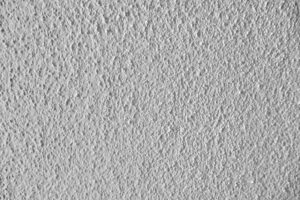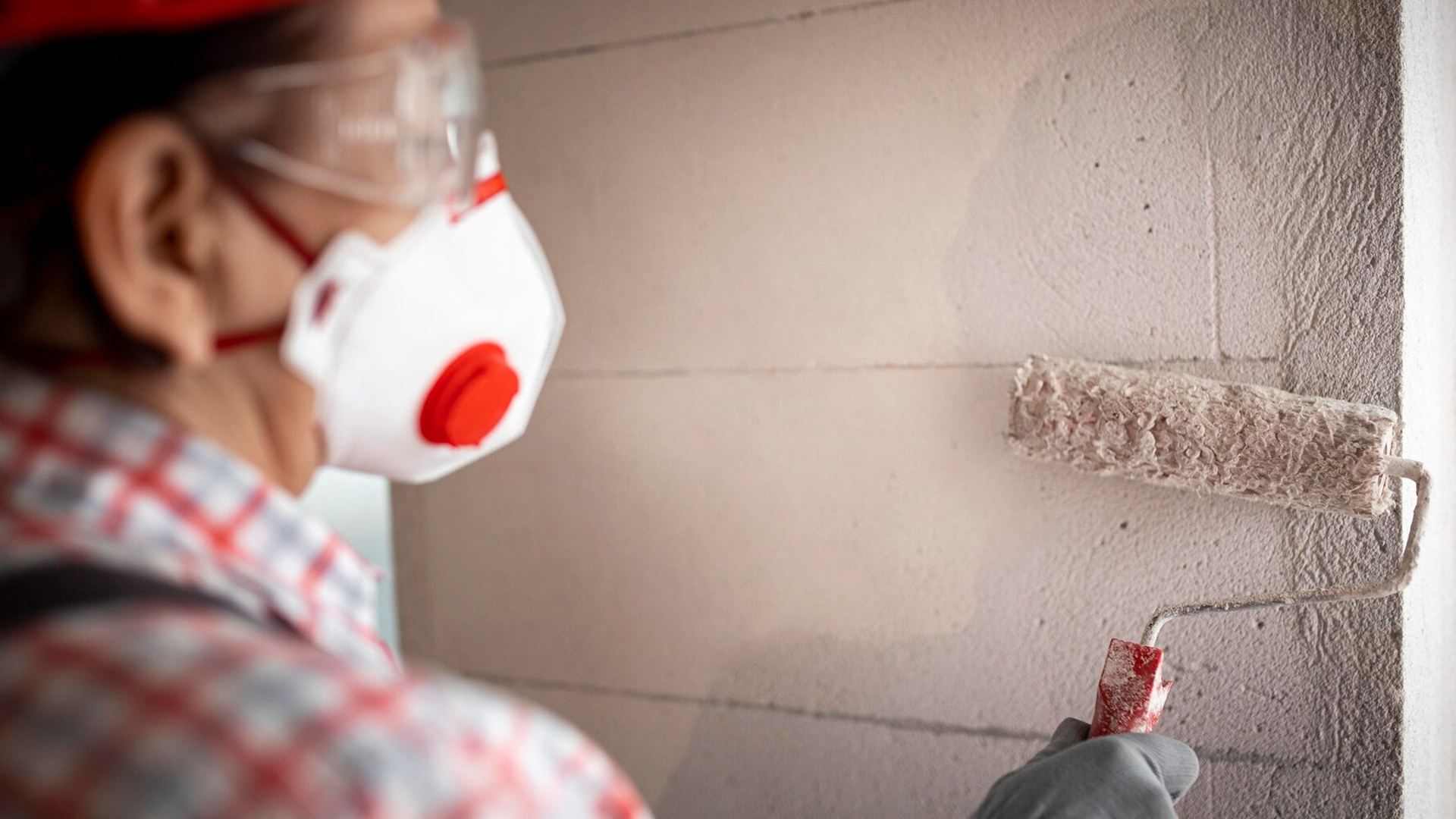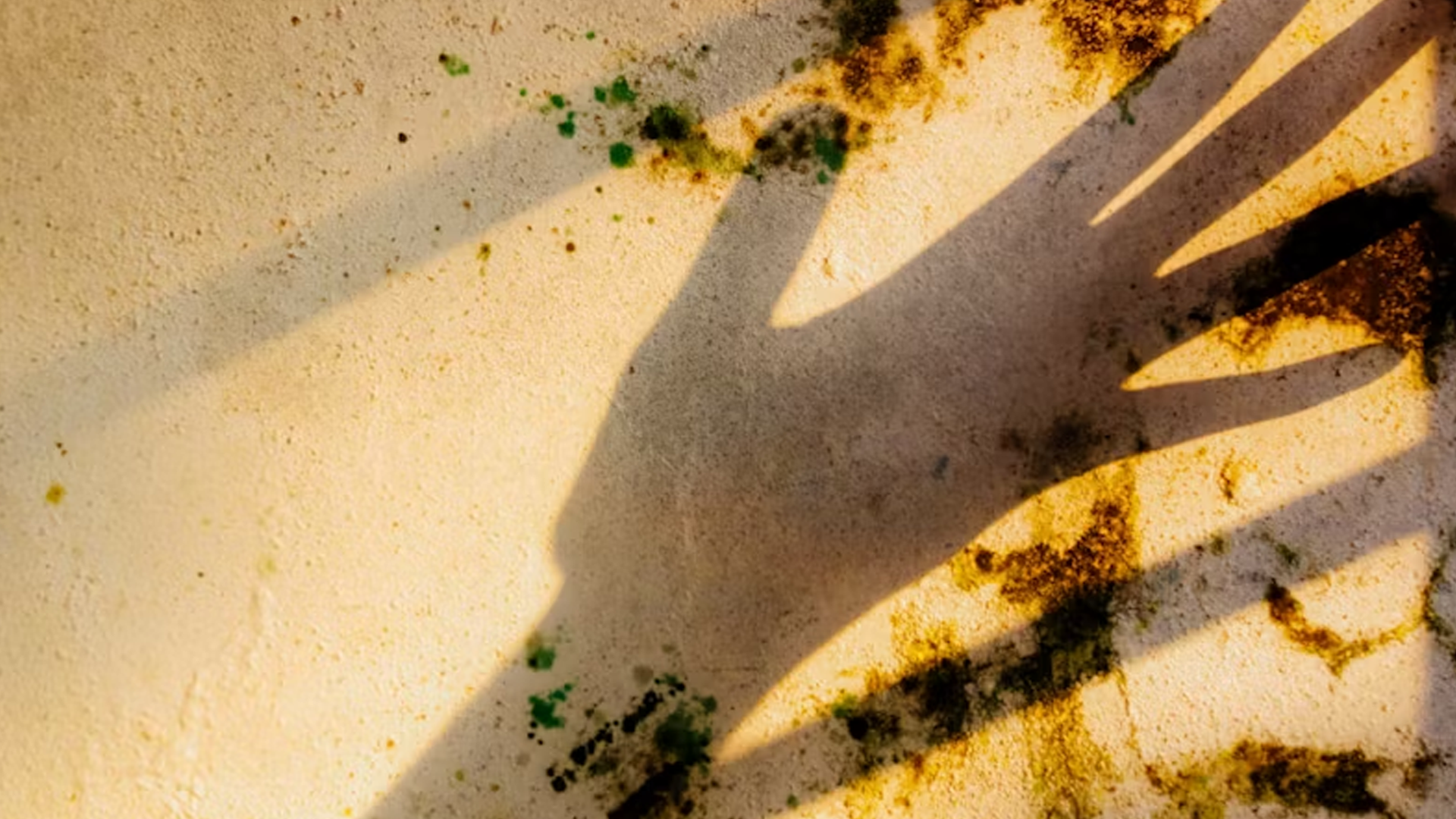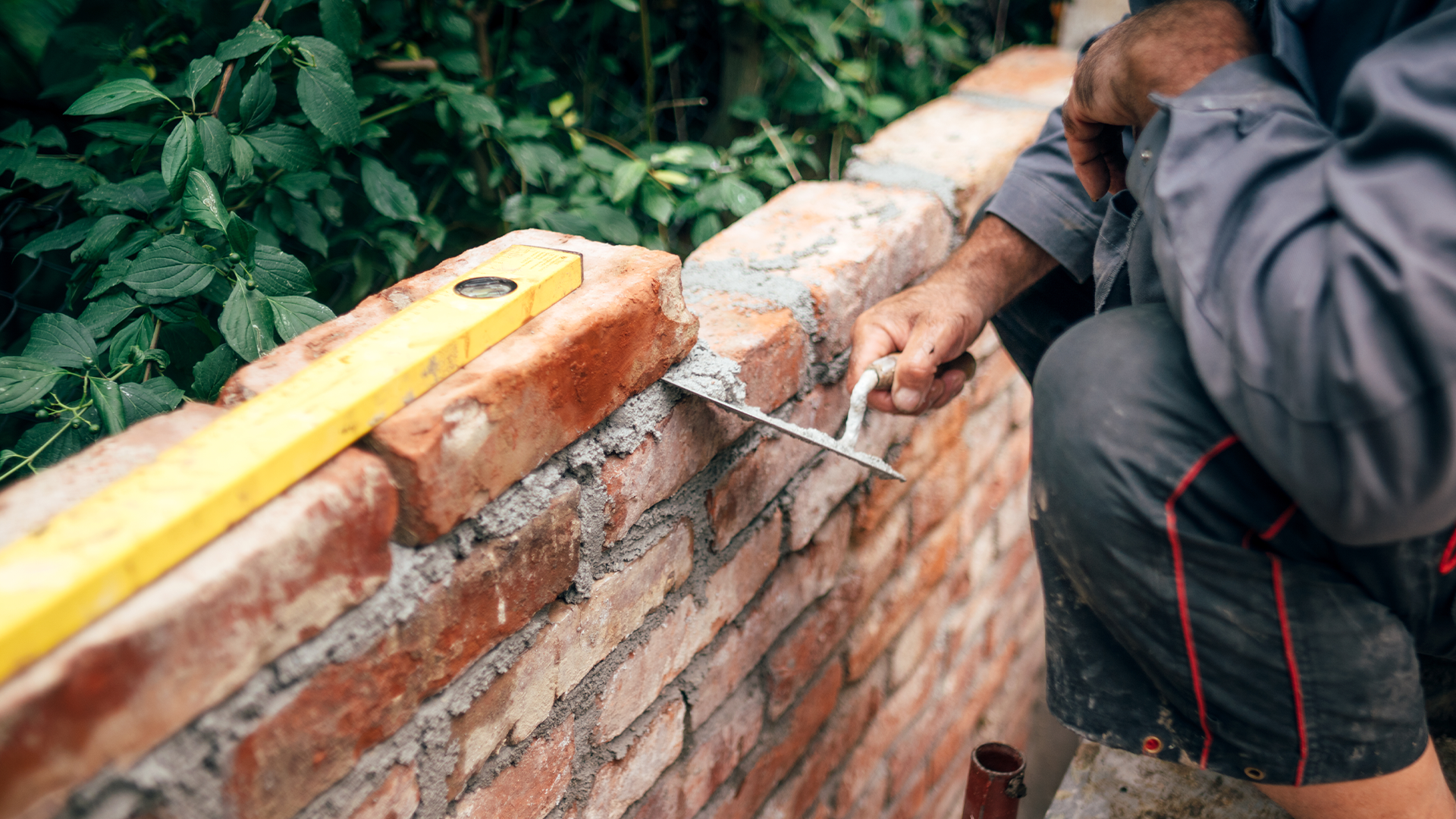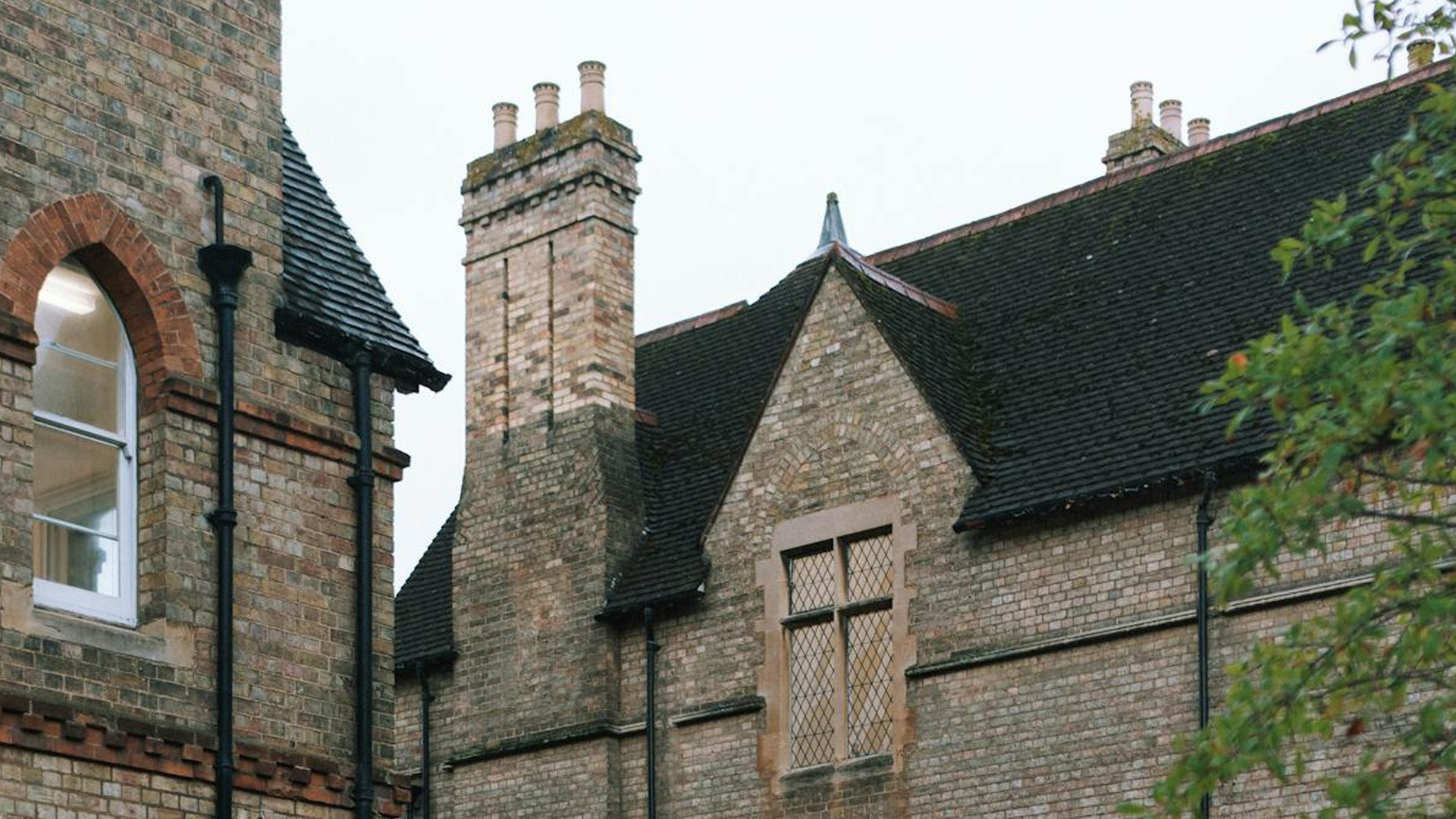Pebblecrete is a popular surface material for outdoor areas due to its durability and low maintenance requirements. Over time, however, pebblecrete may become dull and discoloured, losing its original appeal.
Rejuvenating pebblecrete involves cleaning and restoring its surface to improve its appearance. This can be done through various methods such as pressure washing, sandblasting, acid washing, and resealing.
In this article, we will provide a step-by-step guide on how to rejuvenate pebblecrete, giving it a new lease on life and making it look as good as new.
Purpose of rejuvenating Pebblecrete
The purpose of rejuvenating Pebblecrete is to restore the surface’s original appearance, improve its overall look, and increase durability.
This process involves cleaning and resurfacing the surface to eliminate cracks, stains, and signs of wear and tear, giving it a fresh and vibrant appearance. Rejuvenating Pebblecrete can also enhance its slip resistance and make it safer for foot traffic.
Assessment of Pebblecrete Condition
Assessment of pebblecrete condition is a process of evaluating the current state and durability of a pebblecrete surface. The following steps can be taken to assess pebblecrete condition:
- Visual Inspection: A visual inspection of the surface can reveal cracks, holes, and other physical damages on the pebblecrete.
- Measurement of Surface Roughness: The surface roughness of pebblecrete can be measured using a profilometer to assess the degree of wear and degradation.
- Testing of Compressive Strength: Compressive strength tests can be carried out to determine the strength and integrity of the pebblecrete surface.
- Analysis of Aggregate Loss: Aggregate loss can be analysed by collecting samples from the surface and weighing the number of loose pebbles.
- Examination of Drainage System: The drainage system should be checked for proper functioning to ensure that water does not accumulate on the surface and cause damage.
- Assessment of Chemical Exposure: The pebblecrete surface should be examined for any signs of chemical exposure, such as discoloration or etching.
- Review of Maintenance History: The maintenance history of the pebblecrete should be reviewed to determine if regular maintenance has been carried out and if it has been effective in preventing damage.
The results of these assessments can be used to determine the overall condition of the pebblecrete and to formulate a plan for maintenance and repair, if necessary.
Cleaning Pebblecrete
Here are a few methods for cleaning pebblecrete:
- Pressure washing: This is the most effective and efficient method for removing dirt, grime, and algae from pebblecrete surfaces. Use a pressure washer with a fan nozzle and adjust the pressure to a medium setting.
- Scrubbing with soap and water: Mix a solution of mild detergent and warm water, and scrub the surface with a stiff brush. Rinse thoroughly with clean water.
- Baking soda and vinegar solution: Mix equal parts of baking soda and white vinegar to create a cleaning solution. Scrub the surface with a stiff brush, then rinse with clean water.
- Commercial cleaner: There are many commercial cleaners available specifically designed for cleaning pebblecrete.
When cleaning pebblecrete, always start with the gentlest method first and work your way up to stronger methods if needed. Avoid using harsh chemicals that can damage the surface.
Repairing Damages
There are several ways to repair damages in pebblecrete. These include:
- Filling cracks: Small cracks in pebblecrete can be filled using a flexible concrete repair material, such as a polymer-modified mortar or a silicone-based sealant.
- Re-sealing: Re-sealing the surface of pebblecrete can help protect it from damage and staining, and also enhance its appearance. A silicone-based or urethane-based sealer can be applied to the surface to provide a protective barrier.
Rejuvenating Pebblecrete
There are several methods to rejuvenate pebblecrete, including the following:
- Power washing: This method involves using high-pressure water to blast away dirt, grime, and other contaminants from the surface of the pebblecrete. This can restore the original colour and texture of the material.
- Sandblasting: Sandblasting is similar to power washing but uses abrasive particles such as sand, steel shot, or baking soda instead of water. This method can effectively remove tough stains and discoloration.
- Acid washing: This involves using a solution of acid and water to remove stubborn stains and buildup from the surface of the pebblecrete. It is important to be cautious with this method and follow safety precautions, as the acid can be damaging to the surrounding landscape and to the person applying it.
- Resurfacing: Resurfacing is the process of applying a new layer of concrete or epoxy to the surface of the pebblecrete. This method can restore the look of the surface and provide a new, protective layer to prevent future damage.
- Sealing: Sealing is the process of applying a protective coating to the surface of the pebblecrete. This can help prevent future damage and stains, and can also improve the appearance of the surface.
Regardless of the method chosen, it’s important to consult a professional and follow proper techniques to ensure the best results and avoid further damage to the pebblecrete.
Maintenance of Rejuvenated Pebblecrete
Rejuvenated pebblecrete is a type of pool finish that requires regular maintenance to maintain its appearance and longevity. The following steps can help keep a rejuvenated pebblecrete pool in good condition:
- Cleaning: Regularly clean the surface of the pebblecrete to remove dirt, debris, and algae. Use a gentle, non-abrasive cleaner to avoid damaging the surface.
- Chemical balancing: Maintain the correct chemical balance in the pool water to avoid staining and damage to the pebblecrete. Test the pH level regularly and adjust as necessary.
- Resealing: Re-apply sealant to the pebblecrete every 2-3 years to protect the surface from staining and fading.
- Repairs: Address any cracks or damage to the pebblecrete as soon as possible to prevent further deterioration.
- Avoid acidic substances: Avoid exposing the pebblecrete to acidic substances like lemon juice, vinegar, or strong chemicals.
Conclusion
In conclusion, rejuvenating pebblecrete can significantly improve the appearance and functionality of your outdoor surfaces. By following a few simple steps, you can restore the beauty of your pebblecrete and enjoy its many benefits.
The benefits of rejuvenating pebblecrete include enhancing the visual appeal of your property, increasing its value, and preventing further damage from occurring. To rejuvenate pebblecrete, start by cleaning it thoroughly, repairing any cracks or chips, and resealing it to protect it from future damage.
You can also consider adding a new layer of pebblecrete for a fresh and updated look. By rejuvenating your pebblecrete, you can enjoy a beautiful and functional outdoor surface for years to come.
